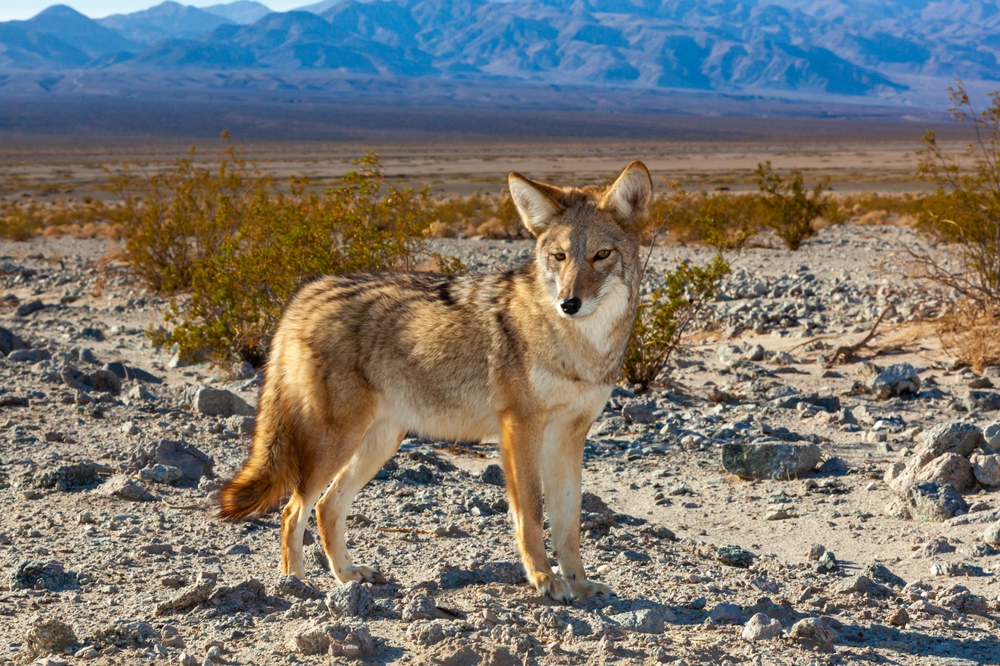Cerro Miramundo Overview
Cerro Miramundo National Park, locally known as Parque Nacional Cerro Miramundo, is a protected area located just south of the city of Zacapa in southeastern Guatemala.
Established in 1956, the park encompasses approximately 3.48 square miles (9.02 square kilometers) of diverse landscapes and ecosystems. The park’s elevation reaches around 650 meters (2,133 feet) above sea level, offering visitors panoramic views of the surrounding region.
The terrain of Cerro Miramundo is characterized by its dry shrubland, a unique ecosystem that thrives in the region’s specific climatic conditions. The park is also referred to as Montaña de la Soledad, highlighting its serene and solitary landscapes.
Visitors can explore various trails that meander through the park’s rolling hills and gentle slopes, providing opportunities to observe the native flora and fauna. The vegetation primarily consists of drought-resistant plants and shrubs, adapted to the area’s dry conditions. The park’s diverse plant life not only supports the local wildlife but also contributes to the stabilization of the soil, preventing erosion and maintaining the health of the ecosystem.
Wildlife enthusiasts visiting Cerro Miramundo National Park can expect to encounter a variety of animal species. The park serves as a habitat for several mammals, including coyotes, skunks, and squirrels.
Birdwatchers will find the area particularly rewarding, as the park is home to numerous bird species that thrive in the dry shrubland environment. Reptiles and a wide array of insects also inhabit the park, contributing to its rich biodiversity. The presence of these species indicates a healthy and balanced ecosystem, where each organism plays a vital role in maintaining ecological harmony.
One of the most popular features of Cerro Miramundo National Park is its panoramic viewpoints. From various vantage points within the park, visitors can enjoy breathtaking views of the surrounding landscapes, including the city of Zacapa and the broader southeastern region of Guatemala.
These viewpoints are particularly stunning at sunrise and sunset, offering photographers and nature lovers an opportunity to capture the natural beauty of the area. The park’s relatively moderate elevation provides a unique perspective of the region’s topography, making it a favored spot for both casual visitors and avid hikers.
Visitors to the park can engage in several activities to fully experience its natural offerings. Hiking is a primary attraction, with trails suitable for various skill levels winding through the park’s diverse terrains. These trails allow hikers to immerse themselves in the unique flora and fauna, offering opportunities for wildlife observation and photography.
Additionally, the park’s tranquil environment makes it an ideal spot for picnicking and relaxation amidst nature. Educational tours can also be arranged, providing insights into the park’s ecosystems, conservation efforts, and the importance of preserving such natural habitats.
Despite its natural beauty and ecological significance, Cerro Miramundo National Park faces several conservation challenges. Local communities have expressed concerns regarding the installation of energy infrastructure, such as electrical towers, which they believe may disrupt the natural landscape and pose environmental risks.
The park also contends with limited administrative resources, lacking sufficient funding for proper management and conservation initiatives. Issues such as the absence of a comprehensive master plan, inadequate collaboration between governmental and non-governmental organizations, and undefined park boundaries have led to human encroachments and unauthorized settlements.
These challenges underscore the need for enhanced conservation strategies, increased funding, and community engagement to ensure the park’s preservation for future generations.
In summary, Cerro Miramundo National Park offers a unique blend of natural beauty, diverse wildlife, and recreational opportunities. Its distinctive dry shrubland ecosystem and panoramic vistas make it a valuable natural asset in Guatemala.
Addressing the ongoing conservation challenges through collaborative efforts and sustainable practices is essential to maintain the park’s ecological integrity and ensure that it continues to be a haven for both wildlife and visitors.










































































